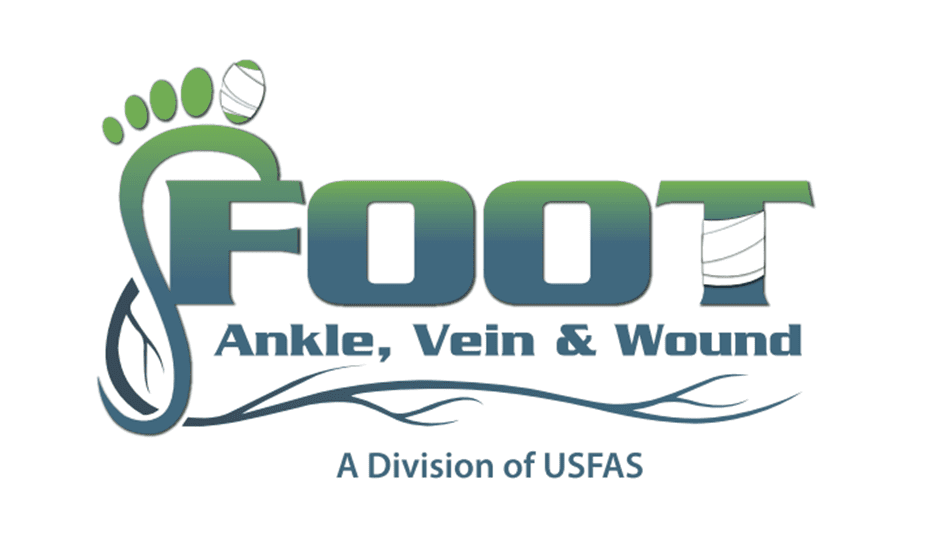
It’s just a simple fact that if you have toenails, it’s possible for you to develop an ingrown nail at any point during your life. And this can truly be any point. Some babies are born with a toenail that’s ingrown—likely the result of foot position in the womb—and this is a nail condition that can affect seniors as well.
Finding Relief from Ingrown Toenail Pain
We will look at why a toenail becomes ingrown in a little bit, but you probably want to know how to fix an ingrown nail and relieve the pain one can cause. Let’s start by looking quickly at why it is so important to treat an ingrown toenail.
In addition to pain and discomfort, an ingrown toenail puts you at a higher risk for an infection. When the ingrown edge digs into the soft flesh flanking the nail, an opening is created that can enable microorganisms—including bacteria, fungus, and viruses—to enter the body. Infections caused by these tiny organisms are unwanted by otherwise healthy individuals, but they are particularly dangerous for those who have medical conditions that compromise the body’s immune system, like diabetes.
The pain or discomfort caused by an ingrown toenail is an obvious reason why you will want to have the condition addressed. Fortunately, there are a handful of ways you can receive relief.
Conservative Ingrown Toenail Treatment
With regards to ingrown toenail treatment, Dr. Donatelli will begin by assessing your particular situation to determine the best possible course of action. Not all cases of ingrown toenails are alike in their severity and root causes. Knowing these factors—and other considerations (such as if you are diabetic or if the ingrown condition is recurrent)—will guide your treatment plan.

